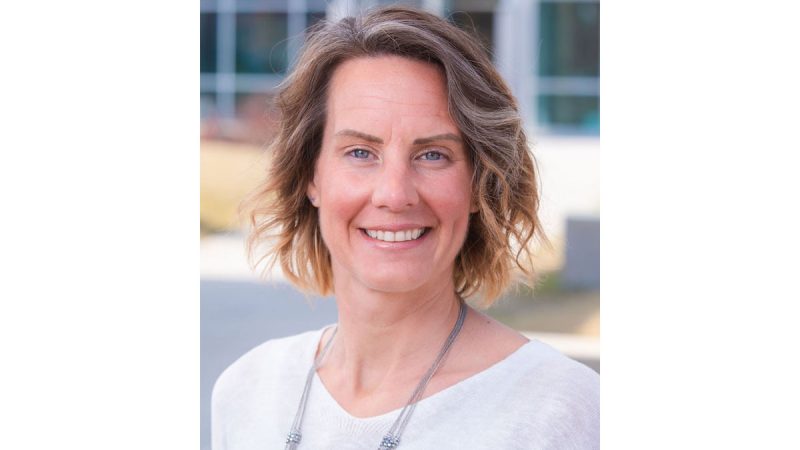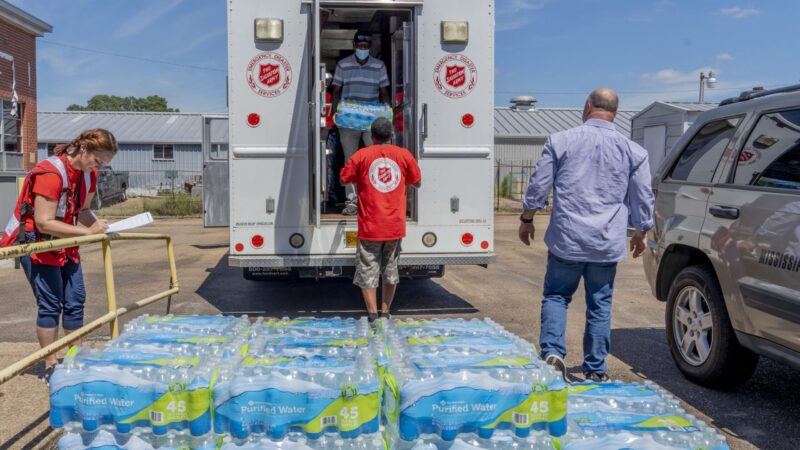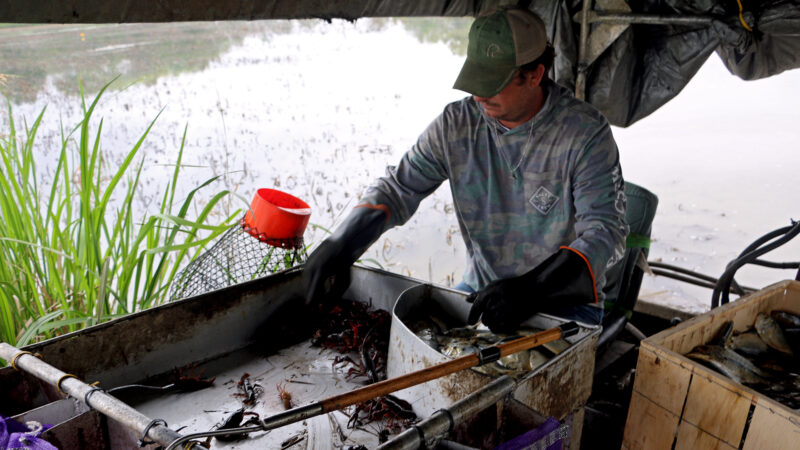COVID Hospitalizations Among Elderly Now Fewer Than Young Adults
For the first time since the COVID-19 pandemic began in March 2020, more patients hospitalized in April were aged 16 to 34 than were 75 and older.
That’s not because the number of infected young adults has risen, according to Dr. Suzanne Judd, a professor with the School of Public Health at the University of Alabama at Birmingham. Instead, infections among the elderly have plummeted as a result of vaccinations, while infections among young adults have stayed level.
“That’s an indication that the vaccine is working and doing what it’s supposed to do,” Judd said in a media conference Wednesday. “Since January, when we really started ramping up vaccinations, there have been just huge decreases (in infections) in those populations that are getting vaccinated at high levels.”
For April, the number of people hospitalized dropped below 50 in both the 16-34 age group and the older than 75 group, with the younger group a tad above the older group, according to a graphic in Judd’s presentation. The highest hospitalizations were among people 35-54, at more than 100. People in the 55-64 and 65-74 age groups fell in between.
The big jump in vaccinations means the population has taken steps toward herd immunity.
“To scientists, that has a very specific connotation. We mean that’s the level of immunity needed to wipe the virus out,” Judd said. “Typically, that’s only achieved through vaccinations, because it’s not safe to have people receive their immunity through a virus or bacteria.”
For herd immunity to be achieved, most scientists agree that at least 70% of the population must be immune. But that isn’t just 70% of the overall population; it’s 70% of every population group in the state, Judd said. So that could mean 70% of the children in one school would need to be immune, or 70% of the people who live in a given city, work at the same company or hang out with the same group of friends.
“So the key to real herd immunity is that 70% of all of those circles of overlap have to be vaccinated,” Judd said.
When case levels fall to about five per 100,000 people per day — statewide, less than 200 a day or 2,800 for two weeks — and hospitalizations fall to less than 200, Judd said that’s a good indication that the end is near.
The Alabama Department of Public Health’s online COVID dashboard shows that 3,402 cases have been reported over the past 14 days.
Alabama reaching the 70% level, however, is problematic at best as many residents have refused to take the vaccine. As of Wednesday, 1.3 million people had completed their vaccine series, and another 300,000 received at least one dose. Most vaccines require two doses.
With a population of just more than 5 million people, Alabama would need 3.5 million people to be immune to COVID, nearly all via vaccine as opposed to having been infected previously, to claim herd immunity.
The rate of vaccinations statewide has fallen over the past six weeks. After peaking at 44,283 shots administered on April 8, the daily totals have dropped off by almost three-fourths. On Tuesday, 11,463 shots were given.
“It’s going to be more challenging. We definitely have more work to do as a public health community. Public health is more than epidemiologists like me,” Judd said. “There are also health behavior experts that know how to motivate people to get vaccinated.”
The first 30% were eager to get the vaccine, but getting the next 40% may take a change in strategy such as offering gift cards, Judd said. “I still believe that we can get to 70% using some things that have worked in the past.”
Many of those who have put off vaccination do so because they fear side effects. Judd said that is an issue, but far fewer people will have significant side effects from the vaccine than will have severe issues from contracting the disease.
“We know that about one in a million (people who are vaccinated) will have a serious complication that requires hospitalization. … On the other hand, if you get a COVID infection, about one in 100 will wind up in the hospital.”
That doesn’t take into account long-term side effects from COVID that may last for years or even occur years later, Judd added.
Now that vaccines have been approved to give to children as young as 12, Judd thinks the COVID vaccine eventually will be included in the other vaccines routinely administered to children. “We’ll see children be vaccinated at much higher levels because they’ll need it to go to school. It will just be a part of routine care with a pediatrician.”
As for a possible spike in new cases over the upcoming Memorial Day holiday, Judd said, “If I had to guess, looking at the data, I don’t anticipate a huge uptick in cases following Memorial Day. … I don’t think behavior will change that dramatically following the CDC’s guidance. I think that people that didn’t want to wear masks and were refusing to follow guidance were already not wearing a mask. I think the people that were wearing a mask and are now allowed to take it off will slowly start taking it off.”
Alabama’s racial, ethnic health disparities are ‘more severe’ than other states, report says
Data from the Commonwealth Fund show that the quality of care people receive and their health outcomes worsened because of the COVID-19 pandemic.
What’s your favorite thing about Alabama?
That's the question we put to those at our recent News and Brews community pop-ups at Hop City and Saturn in Birmingham.
Q&A: A former New Orleans police chief says it’s time the U.S. changes its marijuana policy
Ronal Serpas is one of 32 law enforcement leaders who signed a letter sent to President Biden in support of moving marijuana to a Schedule III drug.
How food stamps could play a key role in fixing Jackson’s broken water system
JXN Water's affordability plan aims to raise much-needed revenue while offering discounts to customers in need, but it is currently tied up in court.
Alabama mine cited for federal safety violations since home explosion led to grandfather’s death, grandson’s injuries
Following a home explosion that killed one and critically injured another, residents want to know more about the mine under their community. So far, their questions have largely gone unanswered.
Crawfish prices are finally dropping, but farmers and fishers are still struggling
Last year’s devastating drought in Louisiana killed off large crops of crawfish, leading to a tough season for farmers, fishers and seafood lovers.








